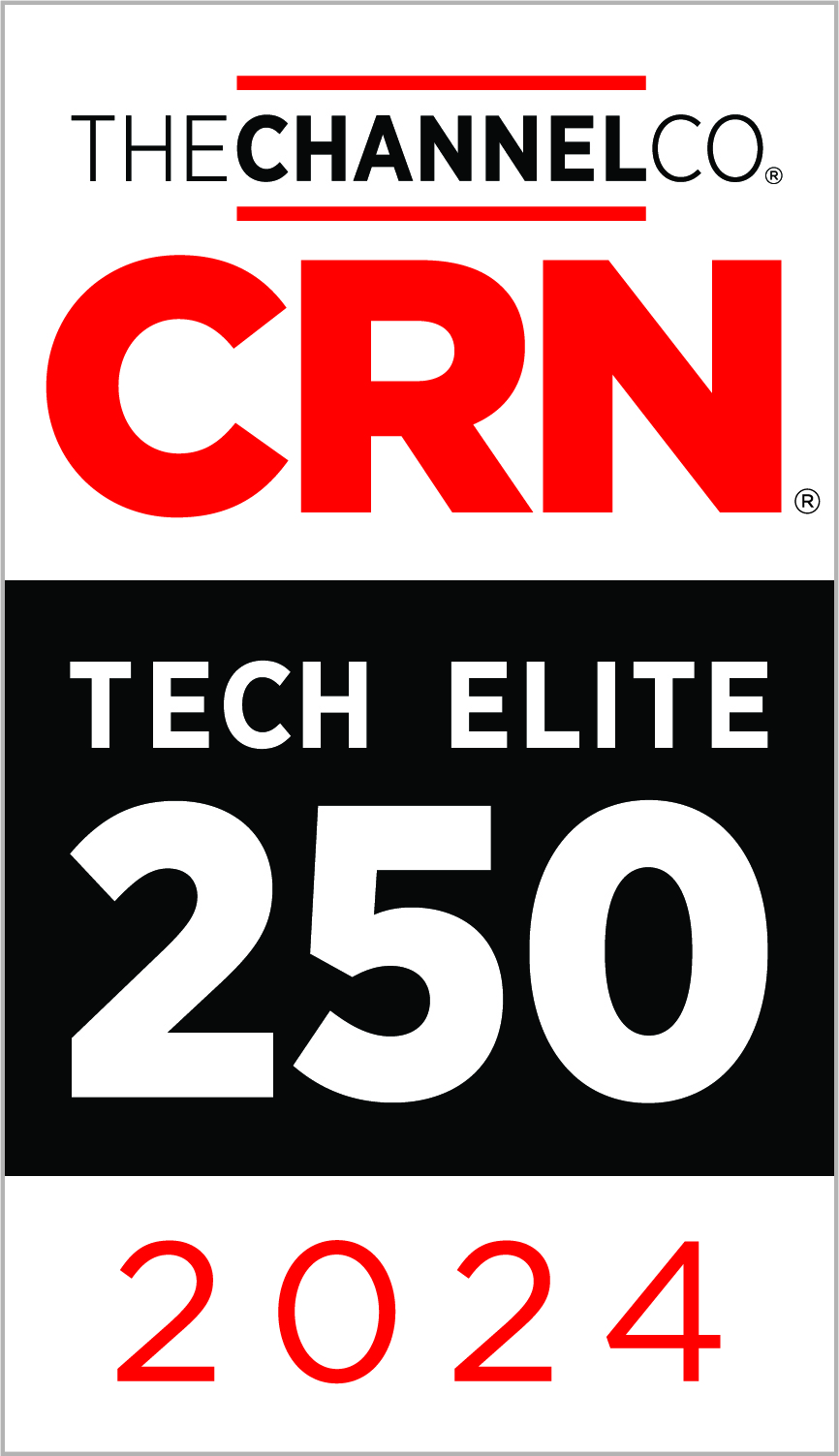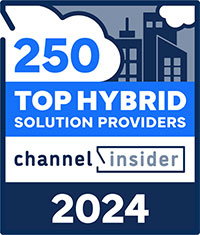Growing IT Projects- Limited Budget
The last year has been wild. Organizations across the globe have had to adapt their operations, and methods of doing business, to accommodate the various challenges and changes brought on by a post-Covid world. The problem, however, is IT needs have not gone away while these other changes have had to take place. On the contrary, technology needs are on the rise more than ever. But how can companies and organizations expect to procure these new IT solutions with a fixed budget and growing, often unexpected, technology needs? Thankfully, HPE has got you covered in MULTIPLE ways! Check them out below!

HPE Financial Services
From helping release capital from existing infrastructures to deferring payments, and providing pre-owned tech to relieve capacity strain, Hewlett Packard Financial Services has a variety of financial and asset lifecycle solutions. You can leverage these solutions to support your needs today and position your organization for long-term success.
Here are just a few exciting promos currently being offered by HPEFS to help customers secure technology in the most cost-effective way possible.
HPE Storage “Accelerate your Migration” Promo
- Low Rate or 0% Financing
- HPE Financial Services will make the first two monthly payments after which you will make 46 monthly payments
- First new HPE Alletra 9000, HPE Alletra 6000, HPE SimpliVity, or HPE dHCI acquisition within the last 36 months eligible
- Offer available now through October 31, 2021
Payment Relief Program
- Pay 1% of the solution value monthly for the first 6-8 months of your contract.
- Exit option available for full OEC after 6-8 months.
- Standard payments commence if the exit option not exercised.
- Up to 20% of select non-hardware items (e.g. software, software appliances, services, and installation) may be bundled.
Cash Infusion
- HPEFS can also take recently invoiced projects and retroactively place them on a financing agreement.
- Also able to convert a Net30 balance that is still open.
Best of all, HPE Financial Services is not dependent on an HPE hardware sale. Does your company need to secure a large software purchase? Procuring a new product from a different manufacturer? No problem! HPEFS can apply its flexible payment solutions to all your IT projects! Just provide a quote or proposal and they will help you get started!

HPE Greenlake Cloud Services
So now that we have discussed procuring traditional IT Solutions using some alternative financing options, let’s talk about another great offering from HPE. It’s called HPE GreenLake Cloud Services and it rethinks the technology procurement process entirely. Rea don!
HPE GreenLake Cloud Services is a new consumption-based IT model that marks a paradigm shift in the way we operate IT. It focuses on outcome-based consumption, while radically simplifying IT and freeing up resources. Best of all, it really does deliver the best of both public cloud and on-premises IT—so you don’t have to compromise. Payment is simple and based on a single pay-per-usage metric that is relevant to the particular solution and your business.
Here are some key highlights:
HPE GreenLake is:
-
- A flexible consumption-based model that speeds your time to market and grows organically as your needs change—helping you to avoid overprovisioning.
- A pay-as-you-go solution that establishes a simple, outcome-oriented metric.
- Operated for you, but you remain in control. You experience no disruption, no staff transfer.
- A service that takes the burden off IT operations with a simple approach.
- A solution that delivers the advantages of public cloud services—simplicity, scalability, pay per use—but with the security and control of on-premises IT. It also delivers more robust services that are specific to your needs.
- HPE GreenLake is not:
- A fixed IT purchase that comes with a significant capital outlay and long procurement, design, and build cycles.
- A fixed lease with predetermined payment plans.
- An outsourced service that requires you to make an all-or-nothing decision and relinquish control.
- An appliance-like solution that is still labor-intensive for IT.
- A public cloud that doesn’t deliver the control and security of on-premises IT, where services are fixed or generic, and where applications must be refactored on a cloud-native architecture.
So the moral of this blog is: don’t let the ever-changing IT infrastructure procurement process scare you. Above are just a few ways in which we can help you reach your project goals on any budget. Reach out to a representative at Zunesis today to help you get the process started!
Last year was characterized by a collective, sudden shift to a remote workforce. 2021 is the year of the hybrid model. As some employees return to work safely, others may remain home or a mix of both.
Remote Work = Security Risks
Surprisingly, many organizations are discovering that concerns about potential lost productivity were exaggerated. It is now believed that one-quarter or more of all workers may become predominantly home-based. One of the many consequences of this change is an increase in cybersecurity risks. There is a complexity of implementing effective security to protect computing infrastructure.
As always, vigilance by the security professionals tasked with protecting networks from intrusion is the paramount defense. The basic formula is simple. Cybersecurity is based on defining what needs to be protected and at what points the protection is required. However, the explosive growth of remote workplaces has strained the information technology infrastructure of most organizations.
Defense Tactics
A basic defense tactic is to limit the number of potentially vulnerable attack surfaces accessible to a bad actor. With remote work, attack surfaces may be multiplied. A workforce that previously accessed organizational data and code within an organization’s well-protected networks now expect the same level of access from outside of those networks. The obvious counter to this is to require access through encrypted VPN (Virtual Private Network) connections.
Adding to the risk equation, many remote workers use personally-owned devices while “on the job.” An organization’s well-protected network is potentially compromised by insecure access from computers, smartphones, and tablets beyond the control of the IT security team. Remote workers also are likely to share their Internet access points with family and/or friends. This introduces still more non-secured devices to a shared connection.
Supply Chain Relationships
Other pandemic-related challenges faced by security and IT professionals involve changes in supply chain relationships. The introduction of new business partners to fill gaps in a supplier network may inadvertently lead to oversights in vetting these partners and enabling secured communications links.
In manufacturing organizations, accelerating the digitalization of ICS (Industrial Control Systems) also is an issue. Remote management of ICS requires connectivity to many devices that previously were secured, in part, by isolation. However, improvements to operational agility realized as business models adapt to make it likely that they will become ingrained practices. Unless, of course, a future security failure causes a snapback.
Zero Trust Architecture
With the trend clearly pointing to workplaces where remote access is the rule, how can organizations manage the increased threat level? Cybersecurity and IT professionals recommend starting with reinforcing basic security practices to adjust for a remote workforce. They note that workers should be wary of information requests and always verify the authenticity of the source. They should make sure that all devices with network access have up-to-date software and patches, and employ dual-factor authentication for devices whenever possible. Most importantly, experts note that even in a post-pandemic era, cybersecurity is shifting away from a perimeter-based model where all assets inside a network are trusted. Instead, zero-trust architectures. This is where individual, devices and applications are always authenticated and authorized before gaining access to a network, need to become the norm.
The recurring theme of these recommendations is authentication of sources, of users, and of devices. In the last decade, cybersecurity professionals have reached a consensus that authentication schemes should be based on a protected hardware element. The purpose of what is called a “secure element” is to provide a protected root-of-trust that can be embedded in each device capable of being connected to a network (whether a private network or the Internet).
Root of Trust
The pandemic’s impact on remote work is an acceleration of a long-term trend that will continue for many years. The evolution of remote workplaces is one of many adaptions made possible by the emergence of connected, smart devices in nearly every aspect of people’s lives. The “Internet of Things,” which is likely to enter an even more dynamic stage of growth as 5G connectivity will make it even easier to link devices together, extends cybersecurity concerns for organizations and individuals alike.
Ultimately, the billions of connected devices in the Internet of Things also represent a multitude of potential attack surfaces. In the smart home of the future, remote workers may ask their smart speaker or smart TV to access files. It will be up to cybersecurity professionals to protect their networks from access by unsecured devices. A root of trust in every device will make what some might think an impossible task possible.




